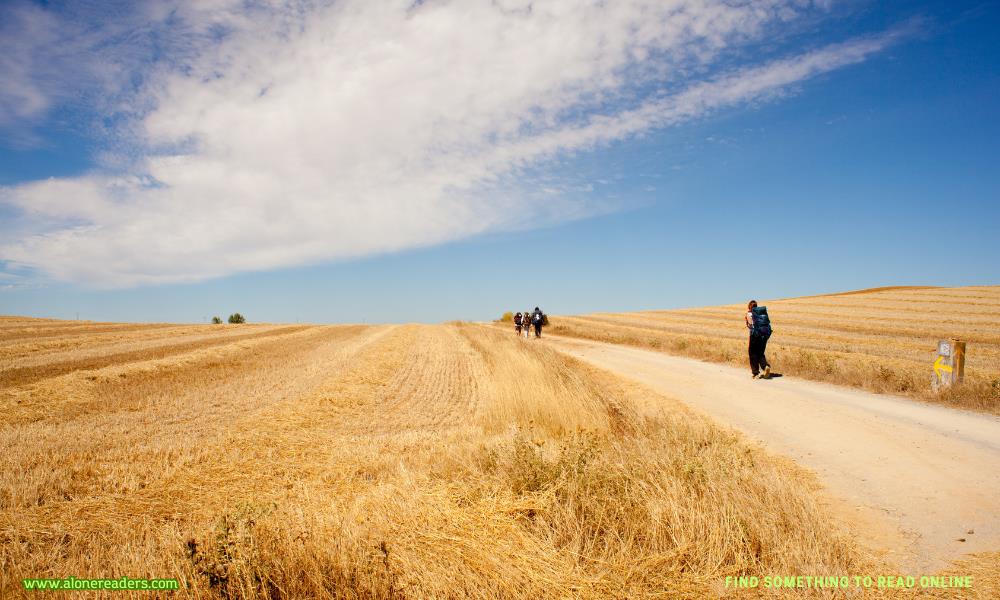
The Camino de Santiago, or "The Way of Saint James," is a legendary pilgrimage route that has captivated adventurers, spiritual seekers, and nature lovers for centuries. Stretching across Northern Spain, it leads to the majestic Santiago de Compostela Cathedral, believed to house the remains of Saint James. While the spiritual significance of the Camino draws many pilgrims, its breathtaking landscapes, quaint villages, and camaraderie make it an unforgettable journey for travelers of all kinds.
The Camino is more than a physical challenge—it's a deeply personal and cultural experience. As you traverse ancient paths, you’ll encounter diverse scenery ranging from lush green valleys to rugged mountains and serene coastal vistas. The route is peppered with medieval architecture, vibrant local festivals, and welcoming locals, creating an enchanting blend of history, community, and natural beauty.
The starting point depends on the route you choose. The most popular route, the Camino Francés, begins in Saint-Jean-Pied-de-Port, France. Other notable routes include the Camino Portugués, starting in Lisbon or Porto, and the Camino del Norte, which hugs Spain's northern coast.
To reach Saint-Jean-Pied-de-Port, fly into Biarritz Airport, then take a train or shuttle. For the Camino Portugués, Lisbon and Porto are accessible via major international airports.
Santiago de Compostela Cathedral
The ultimate destination, this awe-inspiring cathedral blends Romanesque, Gothic, and Baroque styles. Attend the Pilgrim’s Mass and witness the famed botafumeiro, a massive incense burner.
Burgos and León
These historic cities on the Camino Francés route boast magnificent cathedrals and vibrant culinary scenes. Burgos is home to the tomb of El Cid, while León offers stunning stained glass in its Gothic cathedral.
Cruz de Ferro (Iron Cross)
This spiritual waypoint is where pilgrims leave a stone brought from home, symbolizing the release of burdens. It’s a quiet moment of reflection amidst the journey.
Coastal Beauty on the Camino del Norte
For ocean lovers, this route offers dramatic cliffs, golden beaches, and quaint fishing villages. San Sebastián and Bilbao are cultural highlights.
The Camino offers a range of accommodations, from budget-friendly albergues (pilgrim hostels) to charming guesthouses and boutique hotels.
Tip: Always book in advance during peak months (April–October) to secure your spot, especially in smaller villages.
The Camino is a food lover’s dream, with regional specialties along the way.
Estimated Food Costs:
Total: $800–$2,000 (varies by route, duration, and travel style).
Choose the Right Route
The Camino Francés is the most popular and well-marked, suitable for beginners. For fewer crowds, consider the Camino Primitivo or the Camino del Norte.
Pack Light
Carry no more than 10% of your body weight. Essentials include comfortable hiking boots, a rain poncho, quick-dry clothing, and a water bottle.
Stay Hydrated and Rested
The Camino involves long walks under the sun, so drink plenty of water and rest your feet regularly.
Get a Pilgrim’s Passport
This document, or "credencial," is stamped at albergues, churches, and cafes along the route. It’s necessary to earn your Compostela certificate in Santiago.
Respect Local Customs
Be mindful of quiet hours in albergues and maintain cleanliness in shared spaces. Learn a few Spanish phrases—they’ll go a long way in connecting with locals.
Final Thoughts
Trekking the Camino de Santiago is more than a physical journey—it’s a path to self-discovery and connection. Whether you’re walking for spiritual reasons, adventure, or personal growth, the Camino offers something unique to every traveler. Embrace the simplicity of the road, the kindness of strangers, and the magic of Spain’s landscapes. Your journey doesn’t end at Santiago—it begins anew with every step you take.